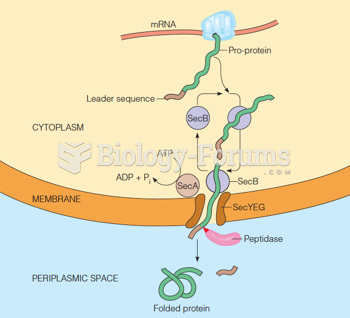Answer to Question 1
FODMAP are groups of foods that are poorly digested and absorbed and contribute to fermentation in the large intestine, which may cause abdominal pain, cramping, diarrhea, flatulence and gas.
FODMAP stands for fermentable oligosaccharides, disaccharides, monosaccharides, and polyols (sugar alcohols).
The current thought regarding this intervention is that it is effective in some patients to exclude these foods in order to identify consistent trigger foods. Several recent studies have demonstrated a significant reduction in IBS symptoms with the FODMAP diet.
Right now, diet histories and diet recalls should be evaluated and should be used to help identify particular food triggers that may exacerbate symptoms.
Answer to Question 2
Because Mr. Perez's has large open wounds and metabolic stress, this patient will have increased protein and calorie needs. For the most accurate energy and protein estimations for this critically ill patient, it is best to use indirect calorimetry. Other methods that can be used to calculate energy and protein requirements are the nomogram and the Penn State equation for critically ill patients. The nomogram was used because it is convenient to use in the healthcare setting for quickly estimating protein and energy needs. However, because the patient's obesity dictates use of ideal body weight for the calculation, it can be inaccurate by underestimating nutritional needs in a hypermetabolic state. The Penn State equation was used because it is 79 accurate in measuring nutritional needs for critically ill patients because it accounts for minute ventilation (patient is intubated) and daily body temperature. This is reflective of increased energy and protein needs with hypermetabolism. Even though both of these equations seem to underestimate energy needs, dietitians must understand that an overaggressive caloric prescription can cause other dire consequences like hyperglycemia and hypercapnea.
Nomogram:
EER: 25-35 kcal/kg IBW = 1888-2643 kcal/day
EPR: 2.0-2.5 grams protein/kg IBW = 150-189 grams protein/day
Penn State:
RMR = BMR (0.85) + VE(33) + Tmax(175) 6433
RMR = 2176(0.85) + (3.5 L/min)(33) + 39.2(175) 6433
RMR = 2392 kcal/day
Indirect calorimetry (as indicated in chart): REE: 3657 kcal







